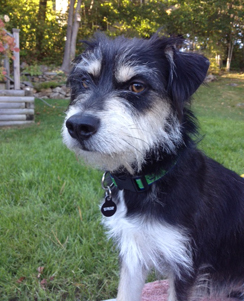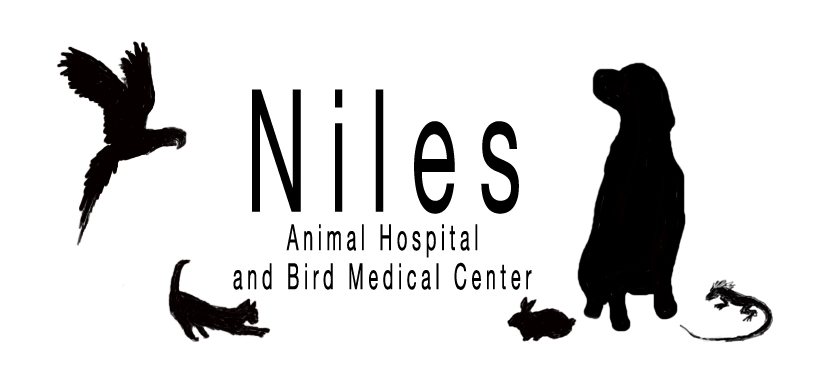From Dr. Justine Lee…..
Do you know April is National Pet First Aid Awareness Month? If you don’t have a first aid kit for your household, now is the time to remember to get one! If you already have a first aid kit around, bravo! You can use this for your two-legged and four-legged members in your household.
Keep in mind, however, that while human first aid kits are typically sufficient, they may not have everything that you need specifically tailored for your dog or cat.
For a good pet first aid kit, check out the American Red Cross’s recommendations found here. But, don’t forget to add in these few extra key materials!
 The top 5 extra added ingredients that I would include:
The top 5 extra added ingredients that I would include:
- A fresh, unexpired bottle of 3% hydrogen peroxide. This isn’t for cleaning wounds necessarily, but rather for inducing vomiting if your dog gets into something poisonous! Accidental poisonings in our pets occur thousands of times a day across the world, so you always want to be prepared to induce vomiting if necessary. That said, never induce vomiting without consulting your veterinarian or Pet Poison Helpline (800-213-6680, an animal poison control first), as sometimes it can make your pet worse.
- A bottle of liquid dish soap (e.g., Dawn, Joy, etc.). I personally always have a bottle of Dawn at the clinic – not for washing dishes, but for safely removing any potentially poisonous chemical or toxin from an animal’s fur or feathers. For example, if your cat accidentally had a dog flea and tick medication put on it, you’ll need to bath off this chemical immediately to prevent tremors and seizures. Likewise, if your pet rolled in something poisonous (like motor oil, etc.), you can safely bath it off with liquid dish soap.
- A can of canned tuna (in water) or a can of chicken broth. You’re probably wondering why this needs to be in a first aid kit. Well, several plants (e.g., Dieffenbachia, Poinsettias, etc.), household products (e.g., glow sticks) and household cleaners can cause severe foaming and drooling of the mouth due to irritation. By simply diluting the taste or chemical out of your pet’s mouth with something tasty (like the water from the tuna), it can safely flush out the mouth and esophagus. This is much safer than using a spray or hose to flush out the taste from your pet’s mouth, as there is a chance your pet could aspirate that fluid into their lungs.
- A few cans of dog or cat food and bottles of water. As a volunteer for disaster preparedness, I’m a firm believer that you need a “pet bag to go” in case of emergency. Making sure that you have pop-off lid canned food is important in case you need to feed your pet during a disaster. Don’t use dry kibble (which can go rancid after years) or cans that require a can opener (since you’re unlikely to remember to grab your can opener on the run!).
- A quart size bag full of kitty litter. Again, you never know when you have to evacuate quickly with your pet. Keeping a bag of kitty litter in your first aid kit or in your cat carrier is imperative in case you’re on the run.
My last few tips?
- Always pre-program your cell phone with the phone numbers to your veterinarian, your emergency veterinarian, and Pet Poison Helpline in case of emergency.
- Always pre-program the address of your veterinarian’s office and emergency veterinarian’s clinic into your car’s GPS, so you can get there immediately in case of emergency.
- Consider taking a pet first aid class, where you can learn basic CPR. In the meantime, check out my demonstration of Pet CPR on the Rachael Ray Show.
When in doubt, check out my previous blogs on when to take your cat to the ER and when to take your dog to the ER. By practicing preventative medicine, hopefully you can avoid having to perform first aid on your pets to begin with.
